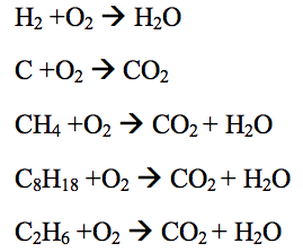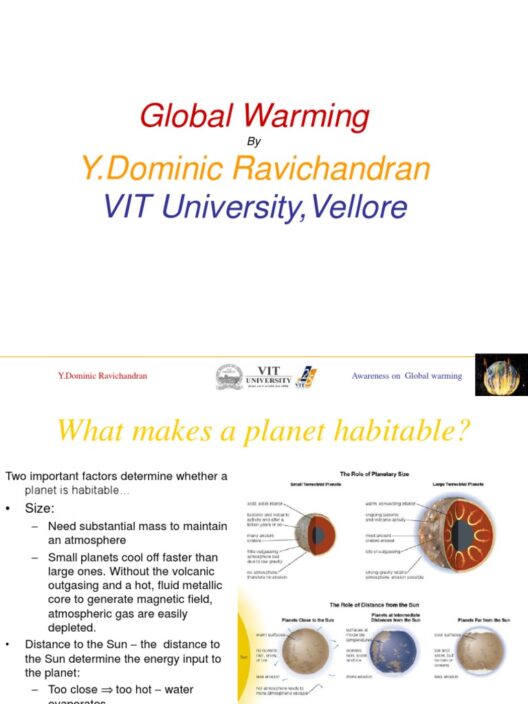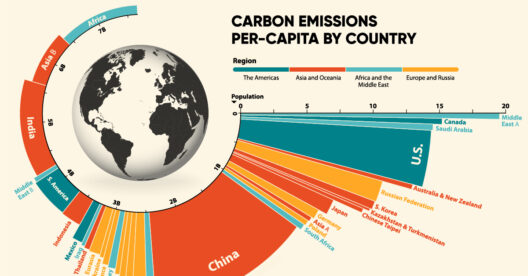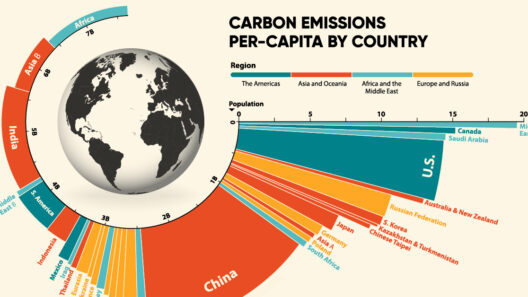In the grand tapestry of our planet’s delicate ecosystem, combustion reactions emerge as both a facilitator of human progress and an incendiary force that propels us toward environmental peril. These chemical reactions, primarily involving the reaction of hydrocarbons with oxygen, unfold with the release of energy in the form of heat and light. However, the shadow they cast on our planetary future is increasingly foreboding, entangled with the grave phenomenon of global warming.
At the heart of combustion lies the age-old spark of human ingenuity, igniting engines, powering industries, and warming homes. The beauty of this elemental dance balances precariously on a knife’s edge; each flicker of flame signifies a trade-off between convenience and sustainability. When hydrocarbons combust—be it in the form of fossil fuels such as coal, oil, or natural gas—the byproducts released into the atmosphere include carbon dioxide (CO2), unburnt hydrocarbons, oxides of nitrogen, and particulate matter. Despite their ‘fiery’ allure, these substances are akin to an insidious fog, shrouding our atmosphere and nurturing the greenhouse effect.
The greenhouse effect can be likened to a thick, insulating blanket wrapped around the Earth. As greenhouse gases like CO2 and methane accumulate in the atmosphere, they trap heat that would otherwise escape into space. This phenomenon, while essential for maintaining the warmth necessary for life, becomes perilous when unleashed in excess through human activities—primarily combustion. As these gases ensconce our planet, the average global temperature rises, instigating a domino effect across various ecological realms.
To grasp the profundity of this warming challenge, one must consider the comparison of the Earth to a patient increasingly feverish due to relentless combustion. The primary flames of industry, transportation, and agriculture amplify the body’s temperature, causing environmental stress symptoms: melting ice caps, rising sea levels, and shifting weather patterns. Each combustion reaction unfurls a tapestry of consequences that infiltrate every facet of life—from the migratory patterns of birds to the viability of future crops.
Describing combustion as merely a process of burning would be a disservice to its complex implications. While it is true that combustion reactions often evoke images of roaring flames, they also evoke enigmatic transformations. When organic material undergoes this process, it metamorphoses into a cocktail of gases that linger in the atmosphere. The term ‘carbon footprint’ comes alive as vehicles and power plants belch forth emissions, imprinting the landscape with an indelible mark that beckons for reckoning.
Furthermore, the cumulative effects of these combustion reactions contribute to the acidity of our oceans. Increased levels of atmospheric CO2 lead to its dissolution in seawater, forming carbonic acid. This chemical transmutation poses profound risks to marine ecosystems, inflicting harm on corals and shellfish that are unable to adapt to the changing pH. Thus, what began as a seemingly benign combustion reaction reverberates through food webs and biodiversity, restructuring entire habitats in the process.
It becomes ever more apparent that the relationship between combustion and global warming is intricately intertwined. Developments in technology hold promise for an evolution in our combustion practices. Renewable energy sources such as solar, wind, and biofuels beckon as alternatives to traditional fossil fuels, analogous to the dawn breaking over a tumultuous night. This transition demands a re-evaluation of our energy landscape, accentuating the urgency for innovation and societal adaptation.
In this dichotomy of combustion’s pursuit of comfort versus its nefarious impacts, public awareness plays a pivotal role. The societal call to action resembles a chorus rallying against invisible foes, advocating for changes in consumption patterns and energy policies that prioritize environmental stewardship. Individuals can partake in this transformative cause through carbon offset initiatives and the adoption of energy-efficient technologies. Each conscious choice acts as a flicker of hope, illuminating a path toward sustainability.
The combustion of discourse surrounding global warming brings to light the necessity for collective action. Policies rooted in scientific evidence must steer nations toward integrated approaches that discourage carbon emissions. The urgency cannot be overstated; the flames of indifference may be quelled through legislation aimed at reducing carbon footprints and stimulating investment in sustainable practices. Engaging with political representatives, promoting green technologies, and championing ecological literacy must take precedence in the collective conscience.
In this fiery link between combustion reactions and global warming, the journey is fraught with challenges, yet ripe with potential. The road ahead is one of transformation—a metamorphosis born from the very flames that threaten our existence. It requires vigilance, creativity, and an unwavering commitment to our planet. The urgency to rewrite our narrative, to harness those flames not for destruction but for the rejuvenation of our world, lies within our grasp.
Ultimately, it is through the alchemy of awareness and action that we might temper the fiery relationship between combustion and global warming. As stewards of this planet, humanity must embrace its role as both a benefactor and protector, ensuring that the pursuit of progress does not come at the expense of our shared future. The heat of combustion can either forge pathways to a resilient world or consume everything we hold dear, leaving only ashes in its wake.








